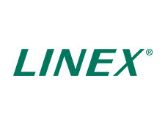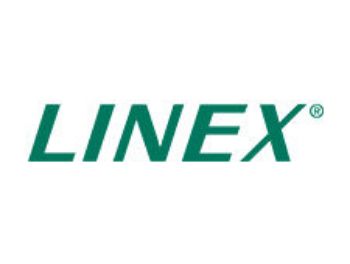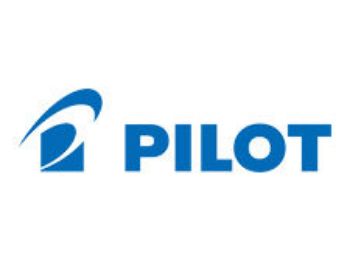Learning institutions around the world have encountered enormous changes over the last year, and the COVID-19 pandemic has profoundly altered the way that many educators teach. Bearing in mind that some of these changes may well be temporary, others could be now setting deeply entrenched roots. Although the practice of blended learning has been around for some time, its utilization and constraints have been very much in focus recently.
Here, we take a look at the fundamentals of blended learning. We will define what it is and then discuss the benefits of its usage.
What is blended learning?
To put it simply, blended learning fuses face-to-face learning with learning that is delivered online or through mobile technologies. Its aim is for each element to improve the other.
In higher education, the implementation of blended learning is relatively common. The autonomy and independence of students allows for greater flexibility through online learning.
Blended learning doesn't have to follow any specific instructive methodology. It can be real-time, face-to-face synchronous learning, or it may be asynchronous as per the student’s own schedule.
Benefits of blended learning
There are various advantages to using blended learning. Here are just a few of them.
- Teachers can utilize a wide range of media and assets, which improves the learning experience and accommodates students’ varying learning styles. These include recordings, presentations, webcasts, and industry material.
- Blended learning lets instructors to connect both online and in class, allowing them to draw upon the qualities of each medium.
- Classes, teachings, and resources can be made or recorded once and then used on different occasions and across different classes.
- Blended learning facilitates the flipped classroom teaching model, wherein students first encounter the learning material at home before working through it in the classroom.
- It also enables teachers to provide response to intervention (RTI) and differentiation.





















